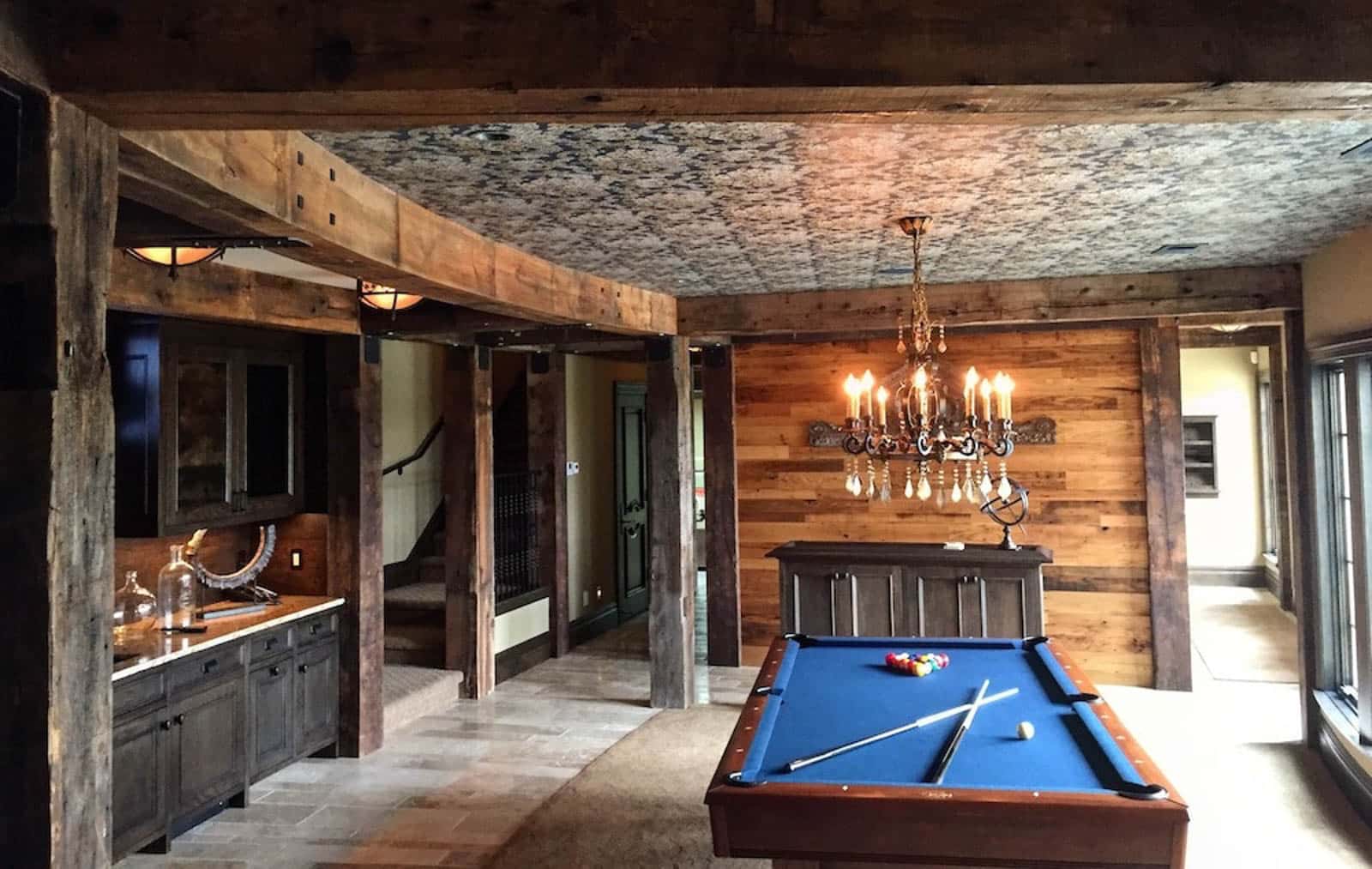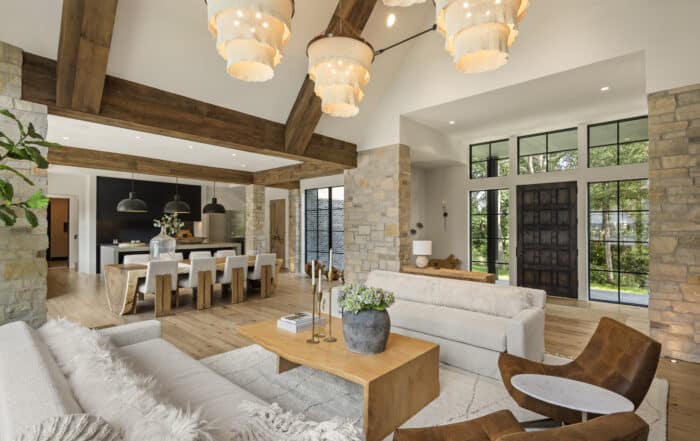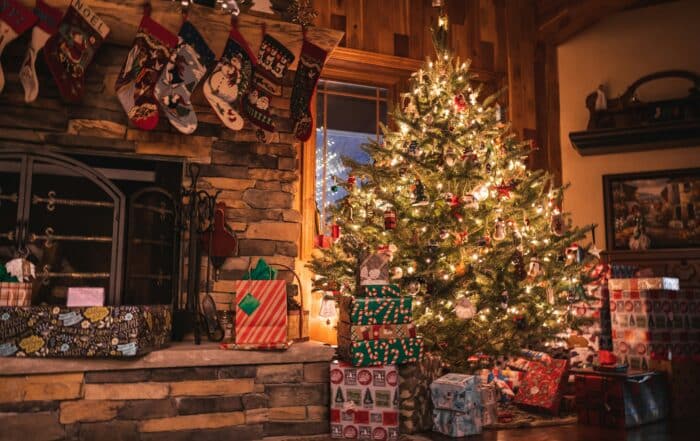Real Antique Wood Colors: 4 Reclaimed Species for an Unforgettable Design
When it comes to transforming a space, few materials bring depth, warmth, and history quite like a real antique wood. Its beauty lies not only in the grain or texture but in the color, the soft golds, deep browns, and weathered grays that tell a story centuries in the making. Choosing the right reclaimed wood species is about more than matching tones; it’s about
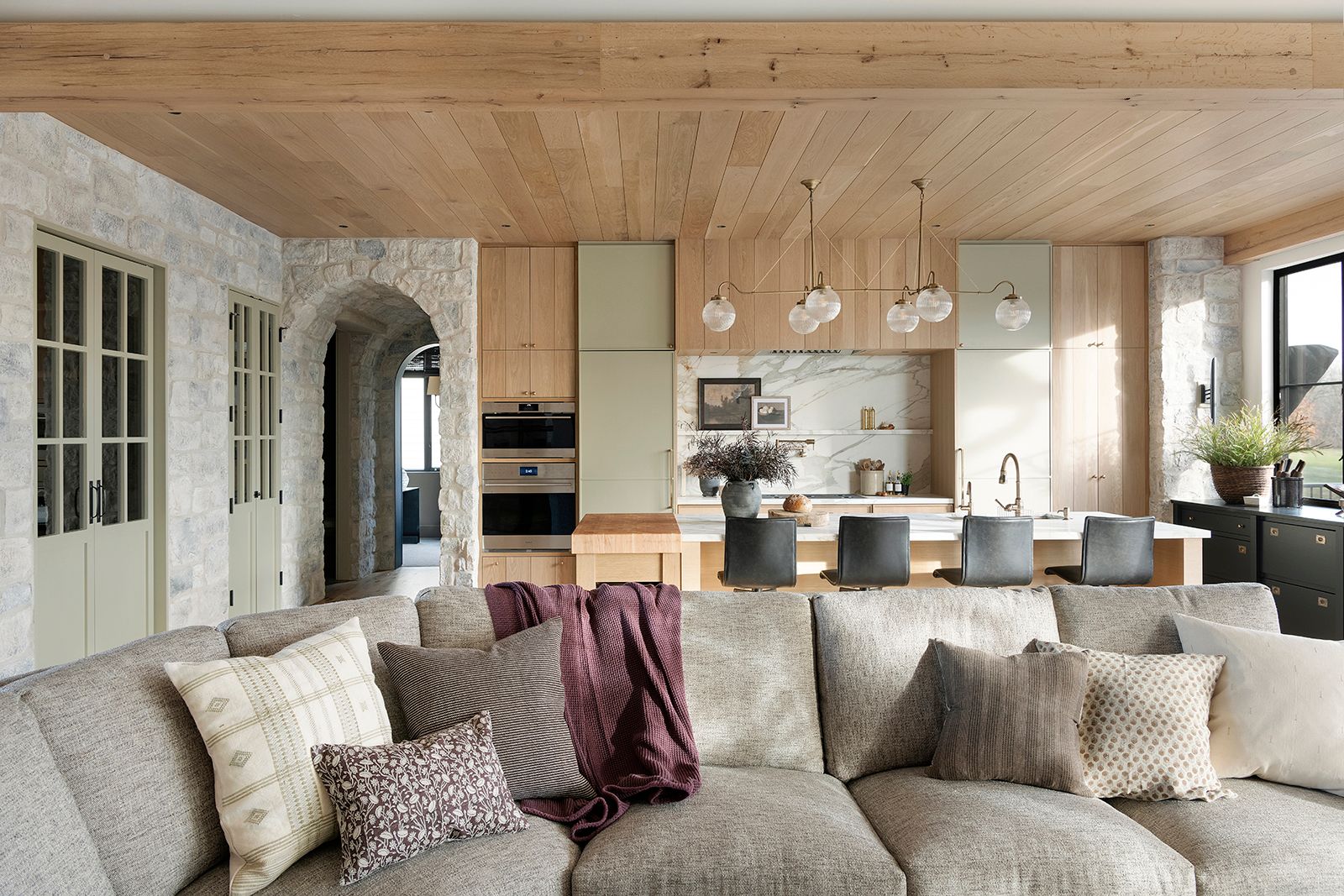
By Sarah Londerville | Updated November 6, 2025
When it comes to transforming a space, few materials bring depth, warmth, and history quite like a real antique wood. Its beauty lies not only in the grain or texture but in the color, the soft golds, deep browns, and weathered grays that tell a story centuries in the making.
Choosing the right reclaimed wood species is about more than matching tones; it’s about finding the character that fits your home. Each wood type carries its own palette, mood, and texture, making it essential to understand how wood colors influence design.
Whether you’re drawn to bright, light wood finishes or prefer the richness of aged timber, this guide explores four antique species from Manomin Resawn Timbers that showcase the true artistry of reclaimed materials: Antique Skip Oak, Antique Elm, Antique White Oak, and Antique Wormy Chestnut.
The Palette of Reclaimed Wood: What Shapes Wood Color
No two pieces of reclaimed wood ever look the same, and that’s part of the magic. The tone of any board depends on several factors: the species itself, the environment where the tree grew, and how it aged over time. Decades of exposure to air, light, and even weather lend antique wood its distinctive patina.
Compared to freshly cut lumber, real antique wood offers more natural depth in color. You’ll see subtle gradations, amber next to gray, or honey fading into charcoal, that you simply can’t replicate in new wood. That variation is what designers and homeowners love most.
Whether you’re envisioning warm and rustic or bright and modern, reclaimed wood species provide a spectrum of wood colors that fit any style. Let’s take a closer look at just four of the most beloved.
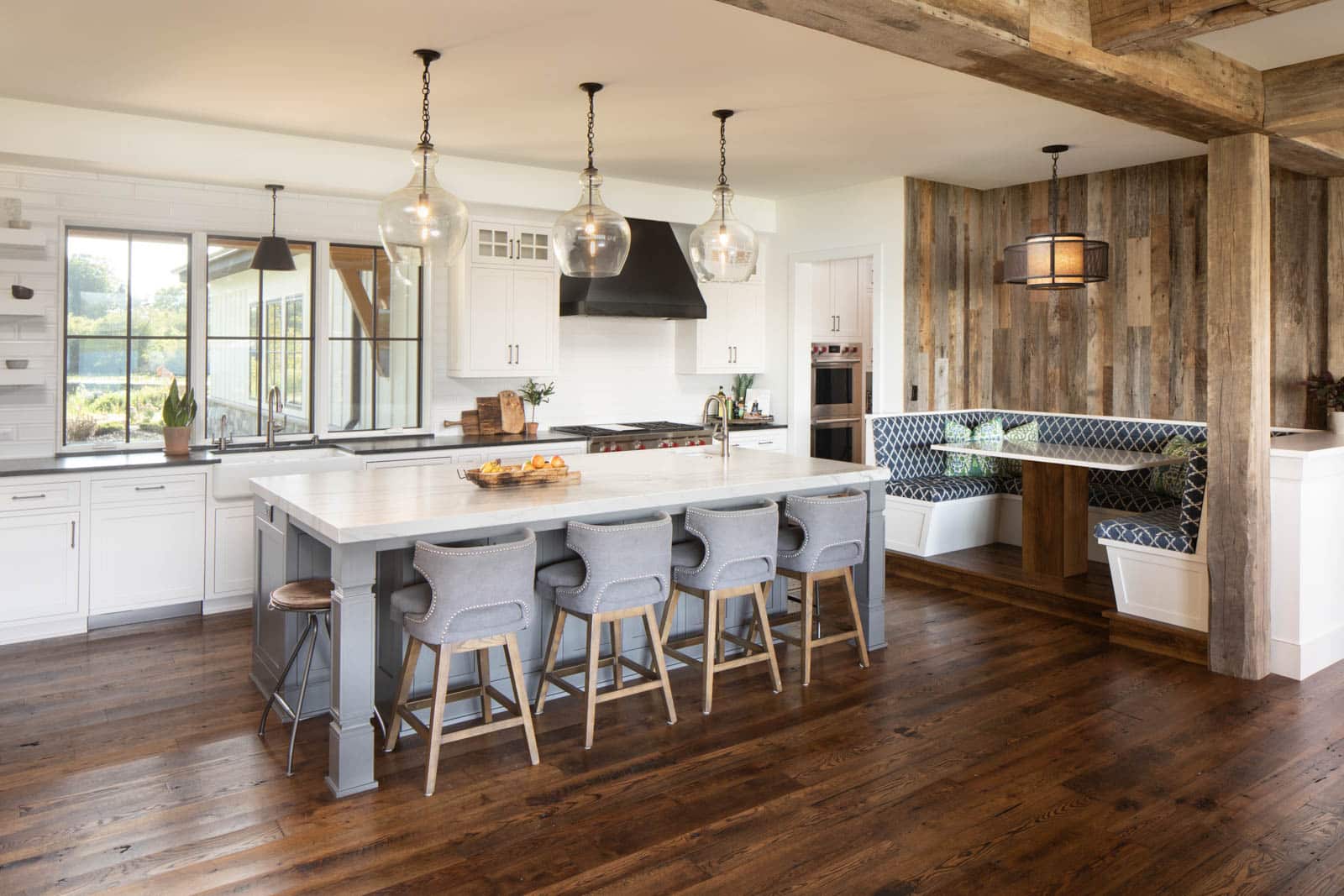
1. Antique Skip Oak – Rustic Warmth Meets Everyday Versatility
Few materials define timeless design like oak wood, and reclaimed Skip Oak elevates it to an art form. Each plank showcases the beauty of the original saw marks, known as “skip planing” which reveal both smooth and textured areas of the surface. The result is a wood rich with movement and contrast.
Color-wise, Antique Skip Oak ranges from medium brown to honey-gold tones, blending rustic warmth with refined charm. The visible grain adds an organic rhythm that makes every panel, beam, or floorboard feel handcrafted.
This wood is a favorite for homeowners who want a look that’s rustic but still elegant. It complements a range of materials, from black metal hardware in modern farmhouses to soft linens in transitional interiors.
Our Design Tip: Use Antique Skip Oak box beams to draw the eye upward or as flooring to add warmth beneath a neutral palette. Its golden tones pair beautifully with stone, brick, and natural fiber textures.
2. Antique Elm – Distinct Grain, Soft Golden Color
If you’re looking for something a bit softer in tone, Antique Elm offers a truly unique character. Known for its interlocking grain pattern, elm wood seems to shimmer when light hits it, making it perfect for bright, airy rooms.
This light wood species leans toward honey-gold and pale amber, creating a calm, organic feel. Reclaimed elm often carries subtle color variation that adds quiet depth without overpowering a space.
Elm’s natural resilience also makes it ideal for flooring and wall paneling; it resists splitting and holds up beautifully over time.
Best For: Scandinavian, minimalist, or transitional interiors that value simplicity and natural light.
Our Design Tip: Try Antique Elm flooring to make small rooms feel more open, or use it as paneling behind built-ins for a soft, elegant backdrop.
3. Antique White Oak – Sophisticated Strength in Pale Tones
Antique White Oak brings together strength, subtlety, and sophistication. Its naturally light beige and silvery undertones make it one of the most sought-after oak wood options for modern design.
Unlike red oak, white oak features a tighter grain and cooler hue, making it a favorite among architects and designers aiming for clean, contemporary spaces. When reclaimed, it takes on even more charm, with gentle gray washes, occasional golden streaks, and the faint marks of its previous life.
The result? A light wood that feels grounded and timeless. It’s perfect for anyone who wants the durability of oak but prefers a softer palette.
Best For: Coastal-inspired, minimalist, or modern farmhouse interiors where brightness and texture go hand in hand.
Our Design Tip: Use Antique White Oak for paneling or box beams to add structure and visual lightness. Pair it with white walls and matte black accents for a crisp, architectural finish.
4. Antique Wormy Chestnut – Deep History, Rich Color
Of all reclaimed species, Antique Wormy Chestnut carries perhaps the deepest sense of story. Once a common hardwood in North America, American Chestnut nearly disappeared due to a blight in the early 1900s, making this real antique wood a rare and valuable find.
Its signature feature lies in its small wormholes and rich color variation, ranging from soft tan to deep chocolate brown. Each imperfection is part of its beauty, telling a story of resilience and history.
Reclaimed Wormy Chestnut brings a cozy, rustic charm that instantly grounds a space. It’s especially stunning as wall paneling or flooring in cabins, lodges, or homes that celebrate craftsmanship.
Our Design Tip: Use Wormy Chestnut on a fireplace wall or accent ceiling to create a dramatic focal point that exudes warmth and authenticity.
Choosing the Right Reclaimed Wood for Your Project
Every reclaimed wood species has a distinct personality, and choosing the right one depends on the feeling you want to create.
- If you love warm, golden tones: Go with Antique Elm for an inviting yet refined look.
- If you prefer light, neutral woods: Antique White Oak brightens a space while keeping it grounded.
- For a classic, versatile choice: Antique Skip Oak fits seamlessly in rustic or modern homes alike.
- And for those drawn to deep character and rich story: Antique Wormy Chestnut offers unparalleled warmth.
No matter which wood you choose, each reclaimed board from Manomin Resawn Timbers has been carefully salvaged, kiln-dried, and milled to perfection. Every nail hole and saw mark is preserved with care, because these details are what give real antique wood its enduring charm.
Bring Color, Texture, and History Into Your Design
At the end of the day, reclaimed wood isn’t just about structure; it’s about soul. Its natural wood colors tell a story that synthetic materials never can. From light oak tones that brighten a room to dark chestnut hues that ground it, the beauty of antique wood lies in its ability to balance both past and present.
Ready to discover which reclaimed wood speaks to your style? Explore our reclaimed wood collections or connect with our team at Manomin Resawn Timbers to find the perfect material for your next project.
5 Modern Wall Design Ideas That Pair Beautifully With Reclaimed Wood
When it comes to wall design ideas, materials matter. Modern interiors often lean toward sleek surfaces, monochrome tones, and minimalist layouts, but without warmth, these spaces can feel flat or impersonal. That’s where reclaimed wood becomes a powerful design tool. With its one-of-a-kind textures, weathered tones, and natural […]
2020s Rustic Christmas Decorations: Holiday Mantel Magic
There’s something special about gathering around the fireplace during the holidays, the glow of the lights, the scent of greenery, the warmth of the room. And at the center of it all sits the mantel. When the mantel […]


